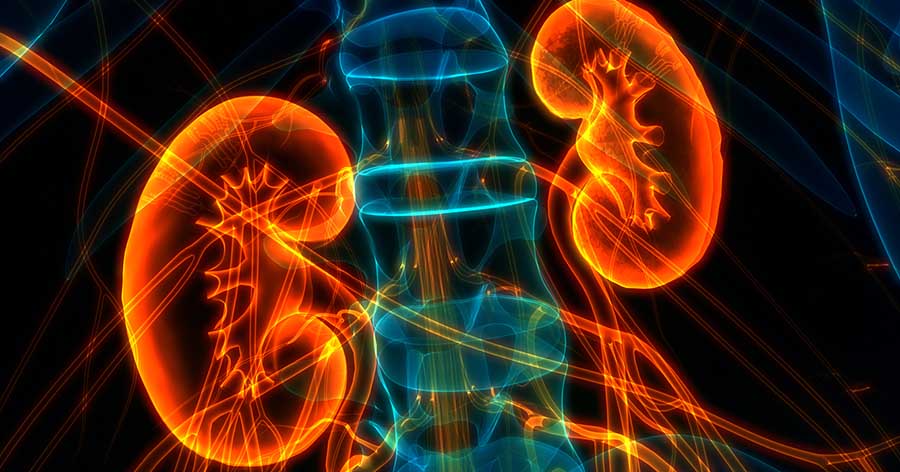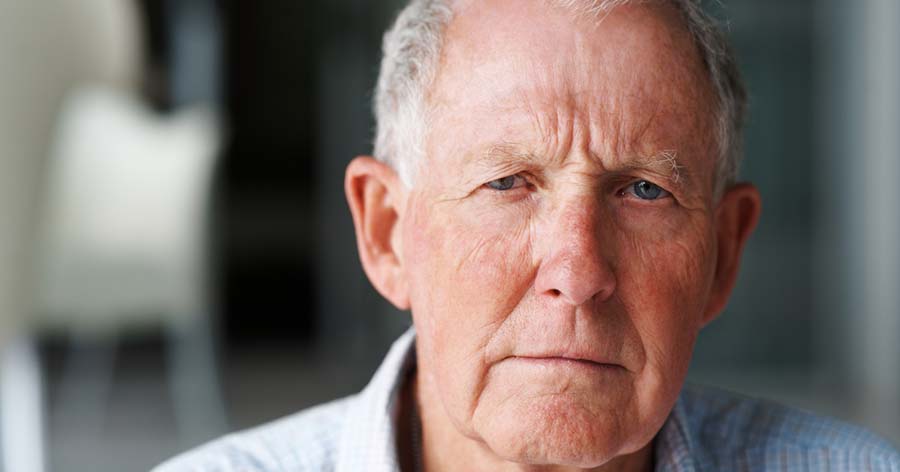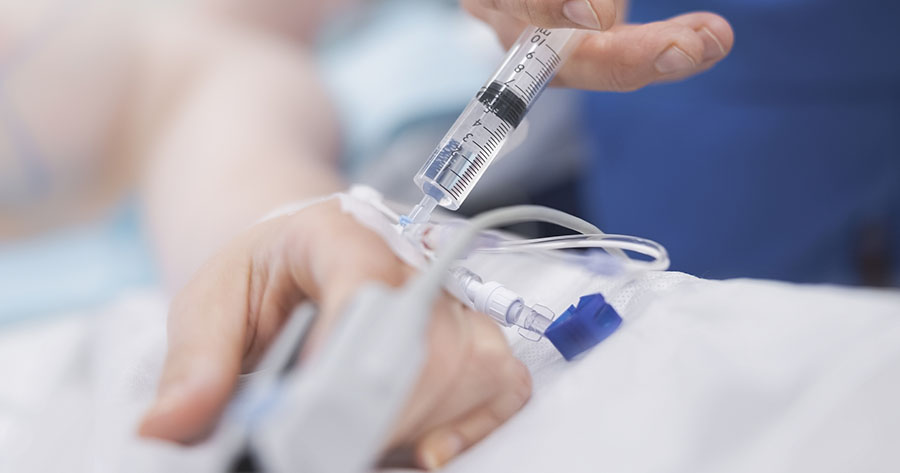The 2001 Census in England and Wales (Office for National Statistics, 2001) estimated that there are approximately 1.6 million Muslims in the UK, constituting 2.7% of the overall population, and the approximate number with diabetes is estimated at 325 000. More recently, the Pew Forum on Religion and Public Life (2010) Muslim Networks and Movements in Western Europe report estimates that the Muslim population in the UK is 2 869 000, constituting 4.6% of the population.
Ramadan (Sawm) is one of the five pillars of Islam. Its literal meaning is “to refrain”. This holy month is intended to teach Muslims self-discipline, self-restraint and sympathy for the poor. Ramadan falls in the ninth lunar month of the Islamic calendar. It gets earlier by 10–11 days every year (Fazel, 1998). This affects the length of the fast according to the geographical location and which season it falls in.
Over the next 8–10 years fasts will increase in length to >18 hours in some geographical areas, as Ramadan moves further into the summer months (Al-Arouj et al, 2010). This year the length of the fast will average between 14 and 16 hours in the UK.
It is compulsory for all healthy adult Muslims to fast between the hours of sunrise (known as Sehar) and sunset (known as Iftar) during Ramadan. This year, in the UK, fasting will commence 1 August and last for 29–30 days, depending on the siting of the moon (Al-Arouj et al, 2010).
Although people with diabetes are exempt from fasting according to the Holy Quran, many still choose to. Oral medication, injections, eye drops, ear drops, inhalers and, in some cultures, the withdrawal of blood is not permitted from sunrise to sunset. Other exemptions include:
- The old and frail.
- The acutely unwell.
- Those with chronic illnesses in whom fasting would be harmful to their health.
- Children under the age of puberty.
- Those with learning difficulties (because they cannot understand the nature and purpose of the fast.
- Those who are travelling >50 miles in one direction.
- Women who are menstruating, pregnant or breastfeeding.
Education and medical assessment
Muslims who have diabetes should be made aware that they should contact their nurse or doctor for a full medical assessment and education at least 2 months before Ramadan begins. This can be achieved by displaying posters in English and relevant south-Asian languages at clinics and by flagging up records.
Assessment should include:
- A full annual review.
- Screening for complications.
- Measurements of HbA1c level, full lipid profile, renal function, blood pressure and weight.
- Risk assessment (refer to Al-Arouj et al, 2005).
Advice should be individualised to meet specific needs. Education should also be targeted at the extended family, as they may play a role in managing the diabetes.
The objectives of the advice given should be to:
- Increase safety (e.g. prevent hypoglycaemia, hyperglycaemia and ketoacidosis).
- Maintain glycaemic control (i.e. to prevent further deterioration).
- Help people fulfil their spiritual needs.
- Prevent dehydration and thrombosis.
Education should include:
- The awareness of the signs and symptoms of hypoglycaemia and hyperglycaemia.
- The importance of monitoring and the tools for monitoring (including ketone testing in people with type 1 diabetes).
- Management of acute complications (including when to break the fast).
- Treatment modifications (for a full list please refer to Karamat et al, 2010).
Blood glucose monitoring
Individuals planning to fast should be advised to check their blood glucose level regularly and to break the fast if the level falls to <3.9 mmol/L. In fact, they will need to break the fast if blood glucose levels are <3.3 mmol/L or >16.7 mmol/L (Al-Arouj et al, 2010).
Dietary advice
Calories are shifted from three meals per day to two main meals at sunrise and sunset. Traditionally, the fast is broken with dates, water, milk or fruit, followed by a snack. Foods high in fibre (e.g. pulses, fruits and vegetables) and slow-energy-release foods (such as rice, wheat and beans) should be consumed before and after fasting. Foods high in saturated fats should be eaten in moderation or avoided (e.g. samosa, pakora). People wishing to fast should also be encouraged to drink plenty of water, sugar-free drinks and decaffeinated drinks to avoid dehydration, renal failure and thrombolytic events (Diabetes UK, 2009).
Physical activity
Immediately after breaking the fast in the evening, many men walk to their local mosques to attend evening prayers (Tarawiah), where the Holy Quran is recited. This involves standing, praying and bowing for up to 1.5 hours. Depending on the size of the snack, people with diabetes should be advised to delay taking their blood-glucose-lowering therapy until they return from prayers to eat their substantive meal; this is to reduce the risk of hypoglycaemia.
Normal levels of activity are encouraged during Ramadan, but rigorous exercise should be avoided to reduce the risk of hypoglycaemia during the fast (Al-Alrouj et al, 2010; Qureshi, 2002).
Type 1 diabetes
People with poorly controlled type 1 diabetes should be discouraged to fast because they are severely deficient in insulin and at risk of hyperglycaemia and potential ketoacidosis (Al-Arouj et al, 2010). However, despite this, evidence from the EPIDIAR study (Salti et al, 2004) highlighted that 43% of people with type 1 diabetes and 79% with type 2 diabetes reported fasting for at least 15 days during Ramadan. The use of an insulin pump or a basal–bolus regimen using insulin analogues would be more successful during this time, along with testing blood glucose levels regularly (Karamat et al, 2010). The basal insulin rate may have to be reduced and bolus doses increased.
Conclusion
Ramadan provides many challenges for both healthcare professionals and people with type 2 diabetes, therefore pre-Ramadan counselling is an essential part of diabetes education for Muslims. Advice should be given to the individual and should be an integral part of their initial diabetes education programme. Pre-assessment counselling should start at least 2 months before Ramadan.
People with diabetes wishing to fast may be associated with a degree of risk depending on their individual circumstances. This risk should be assessed individually and the appropriate advice provided in a format that they understand.





The risk factors and what might be done to address them.
24 Mar 2025